What are the Processes of Onshore Oil Drilling
Onshore oil drilling is at the forefront of the global energy industry, helping to meet the world’s growing demand for hydrocarbons. The extraction of oil from beneath the Earth’s surface has seen significant technological advances, making onshore drilling a complex but necessary operation. This article delves into the processes of onshore oil drilling, from the exploration phase to the extraction process, as well as environmental considerations, ongoing technological innovations, and how simulation is used in onshore oil drilling.
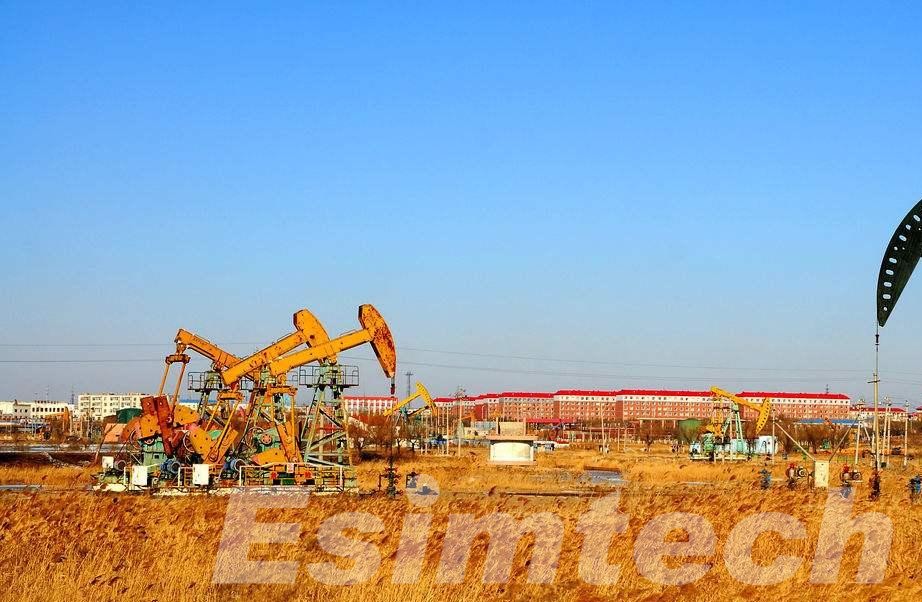
Exploration and Site Selection in Onshore Oil Drilling
Onshore oil drilling begins with extensive geological surveys and seismic studies. Geologists and geophysicists investigate the Earth’s subsurface in order to locate potential oil reservoirs. Advanced technologies, such as 3D seismic imaging, provide detailed maps of the underground structures, helping geoscientists pinpoint areas with the highest likelihood of containing oil.
Once a promising site is identified, the drilling location is carefully selected. Factors such as the depth of the oil reservoir, accessibility, and environmental considerations are taken into account to ensure the drilling process is both effective and environmentally responsible.
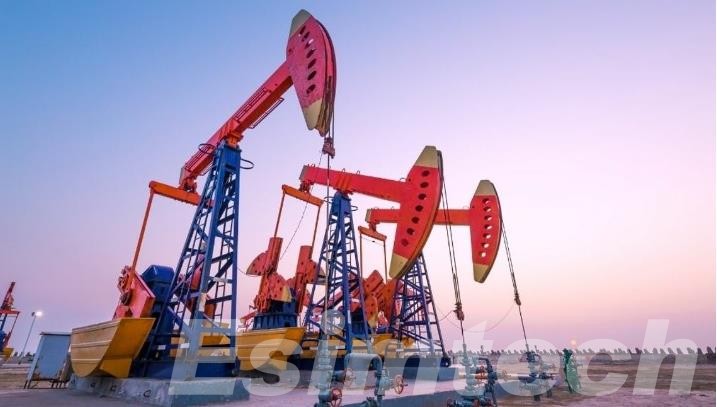
Drilling Techniques Involved in Onshore Oil Drilling
1. Drilling Methods
| Method | Description |
| 1. Rotary Drilling | Utilizes a rotating drill bit to bore through subsurface formations.Circulates drilling fluid to cool the bit and carry cuttings to the surface. |
| 2. Cable Tool (Spudder) Drilling | Relies on a heavy, weighted bit suspended on a cable.Alternates between lifting and dropping the bit to break rock formations. |
| 3. Auger Drilling | Involves a helical screw drill bit for soil and soft rock formations.Suitable for environmental and geotechnical investigations. |
| 4. Percussion Drilling | Utilizes repeated blows to the drill bit to break rock formations.Commonly used in hard rock drilling. |
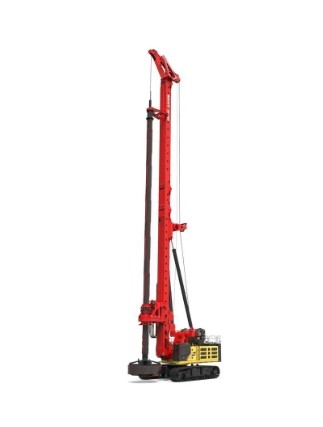
Well Types
| Type | Description |
| 1. Vertical Wells | Drilled straight down into the earth.Traditional method for accessing oil reservoirs. |
| 2. Directional Wells | Deviates from vertical to access subsurface areas at an angle.Increases reservoir exposure and enhances recovery. |
| 3. Horizontal Wells | Extends horizontally within the reservoir rock layers.Maximizes contact with the reservoir for increased production. |
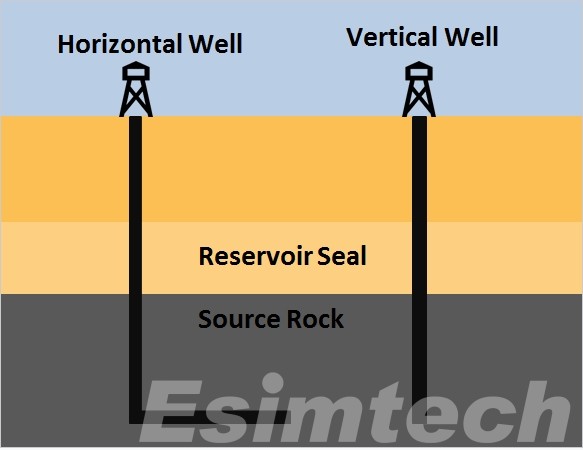
Drilling Components
| Component | Description |
| 1. Drill Bit | The cutting tool at the end of the drill string.Various types (e.g., roller cone, fixed cutter) for different formations. |
| 2. Drill String | Series of connected drill pipes used to transmit drilling fluid and rotate the drill bit. |
| 3. Drilling Fluid (Mud) | Circulated to cool the drill bit, carry cuttings to the surface, and provide stability to the wellbore. |
| 4. Casing | Steel pipes are inserted into the wellbore to prevent collapse and protect formations.Isolation of different formations to prevent fluid migration. |
Drilling Techniques for Specific Formations
| Formation Type | Drilling Technique |
| 1. Unconsolidated Formations | Auger drilling for loose soils and sands. |
| 2. Hard Rock Formations | Percussion drilling methods.Diamond core drilling for precise sampling. |
| 3. Shale Formations | Directional and horizontal drilling for maximum exposure.Hydraulic fracturing for enhanced production. |
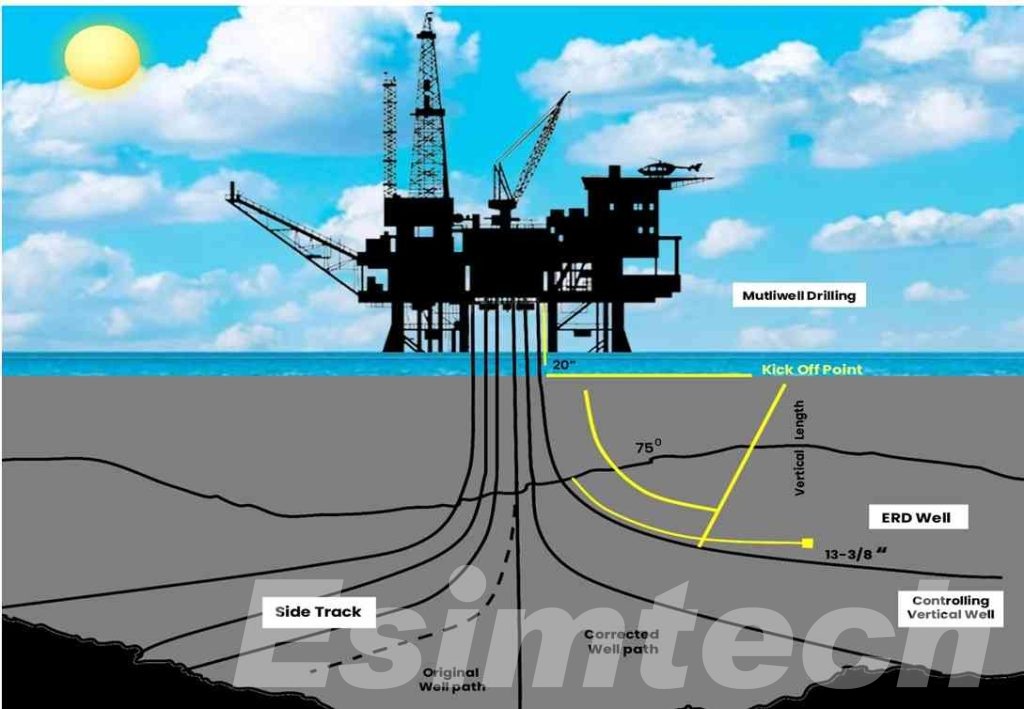
Environmental Considerations for Onshore Oil Drilling
Historically, onshore oil drilling has raised environmental concerns such as habitat disruption, water contamination, and the release of greenhouse gases. To address these issues, however, strict regulations and industry best practices are constantly evolving.
Modern drilling operations incorporate environmental safeguards such as advanced wellbore integrity measures, closed-loop drilling systems to prevent fluid spills and comprehensive wastewater management practices. Additionally, ongoing research focuses on developing and implementing cleaner technologies to minimize the industry’s ecological footprint.
Technological Innovations in Onshore Oil Drilling
Drilling technology advancements have transformed onshore oil extraction.
1. Digitalization and Data Analytics
| Technology | Description | Benefits |
| 1. IoT Integration | Embeds sensors in drilling equipment for real-time data capture.Enables remote monitoring and control. | Improved equipment performance monitoring.Predictive maintenance for increased reliability. |
| 2. Big Data Analytics | Analyzes large datasets for insights into drilling operations.Facilitates data-driven decision-making. | Optimized drilling processes. Improved overall efficiency. |
| 3. Digital Twins | Creates virtual replicas of drilling assets for simulation and analysis.Monitors real-time performance. | Enhanced equipment optimization.Improved predictive modeling. |
| 4. Autonomous Drilling Systems | Utilizes automation and AI for autonomous drilling operations.Reduces human intervention. | Increased drilling efficiency. Enhanced safety through reduced human error. |
2. Environmental Technologies
| Technology | Description | Benefits |
| 1. Closed-Loop Mud Systems | Recirculates drilling mud to minimize waste and environmental impact.Reduces the need for fresh water. | Environmental sustainability.Compliance with regulations. |
| 2. Green Drilling Technologies | Focuses on minimizing the environmental impact of drilling activities.Incorporates eco-friendly drilling fluids. | Reduced ecological footprint. Improved environmental stewardship. |
3. Advanced Well Completion Techniques
| Technology | Description | Benefits |
| 1. Multilateral Well Systems | Involves multiple lateral branches from a single wellbore.Increases reservoir contact. | Enhanced oil recovery.Optimized reservoir drainage. |
| 2. Hydraulic Fracturing | Creates fractures in reservoir rocks to enhance oil and gas flow.Maximizes production rates. | Increased well productivity. Improved recovery from tight formations. |
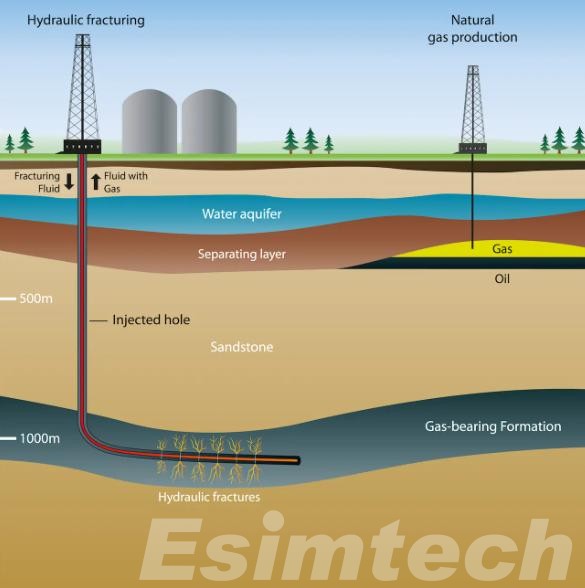
Key Areas Where Simulation is Utilized in Onshore Oil Drilling
Simulation is critical in optimizing onshore oil drilling operations, resulting in increased efficiency, safety, and cost-effectiveness. From reservoir modeling to drilling process simulation, various technologies are employed to replicate real-world scenarios, allowing engineers and operators to better understand and manage the complexities of onshore drilling.
1. Reservoir Simulation
Purpose: Before drilling commences, reservoir simulation models are created to understand the geological and fluid dynamics of the oil reservoir.
Benefits: This helps in estimating the amount of recoverable oil, optimizing well placement, and predicting reservoir behavior over time.
Features: Advanced reservoir simulators take into account factors such as rock permeability, fluid flow, and pressure changes.
1. Drilling Process Simulation
Purpose: Simulating the drilling process helps in planning and optimizing drilling operations, taking into account various parameters and potential challenges.
Benefits: Identifying potential issues beforehand, optimizing drilling parameters, and improving overall efficiency and safety.
Features: Drilling simulators replicate the drilling rig environment, allowing operators to practice different scenarios, including wellbore stability, directional drilling, and response to unexpected events.
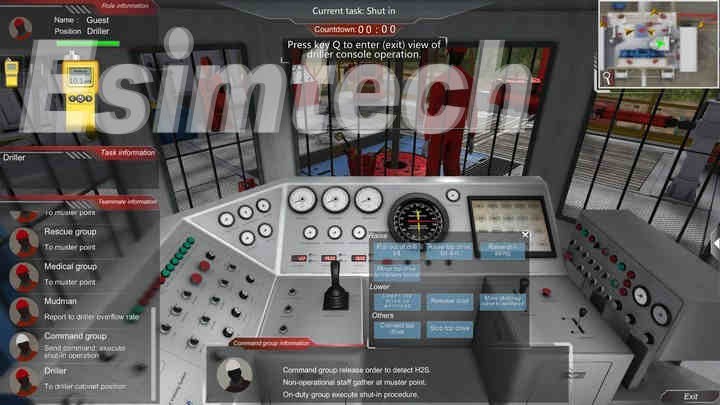
2. Wellbore Stability Modeling
Purpose: Wellbore stability simulation aids in the prediction of potential issues such as borehole collapse, stuck pipe, or formation damage during drilling.
Benefits: Drilling safety has been improved, downtime has been reduced, and real-time decision-making has been enhanced during drilling operations.
Features: To assess the stability of the wellbore, these simulations take into account factors such as rock mechanics, pore pressure, and drilling fluid properties.
3. Hydraulic Fracturing Simulation
Purpose: Simulation is used to model hydraulic fracturing processes, such as fluid injection into reservoirs to improve oil recovery.
Benefits: Fracturing treatment optimization, improved understanding of fracture propagation, and risk mitigation.
Features: To optimize fracturing operations, models for fracturing and acidizing simulator take into account factors such as fluid viscosity, pressure distribution, and proppant placement.
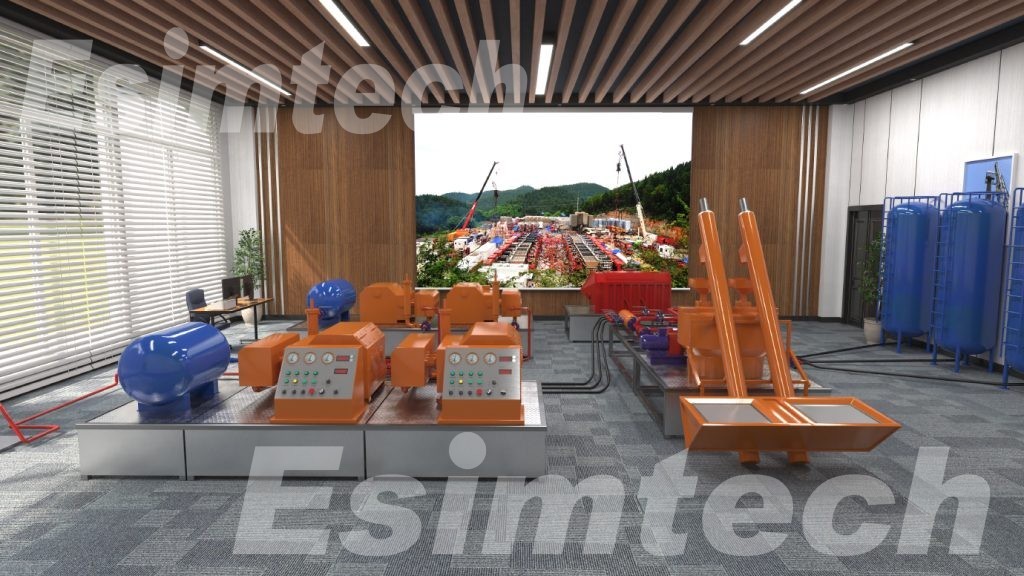
4. Real-Time Drilling Monitoring
Purpose: Drilling simulators provide continuous monitoring of drilling parameters by utilizing real-time data feeds.
Benefits: Early detection of issues, improved decision-making, and enhanced safety by allowing operators to respond quickly to changing conditions.
Features: Integration with sensors on the drilling rig, downhole tools, and data analytics to provide a comprehensive real-time view of the drilling process.
5. Training Simulators
Purpose: Simulators are used to train drilling operators and engineers by creating a virtual environment in which to practice different drilling scenarios.
Benefits: Improved skill development, increased safety awareness, and a reduction in the risks associated with inexperienced operators.
Features: Portable training simulators create a realistic training environment by simulating drilling rig controls, instrumentation, and environmental conditions.
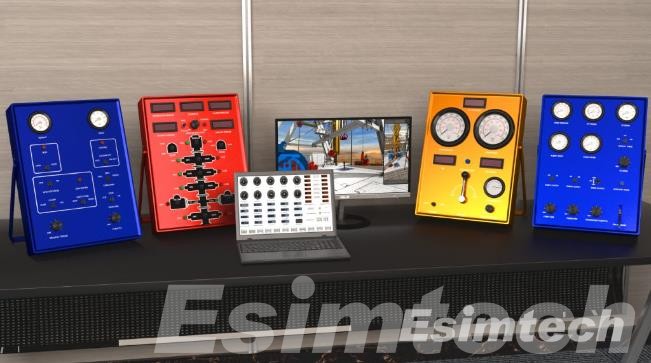
Conclusion
Onshore oil drilling continues to be a pillar of the global energy industry, supplying critical resources to meet the world’s energy demands. While confronted with environmental challenges, the industry is actively implementing advanced technologies and sustainable practices to reduce its impact. Simulation technologies are critical to the onshore oil drilling industry, allowing for better decision-making, increased safety, and improved operations.
